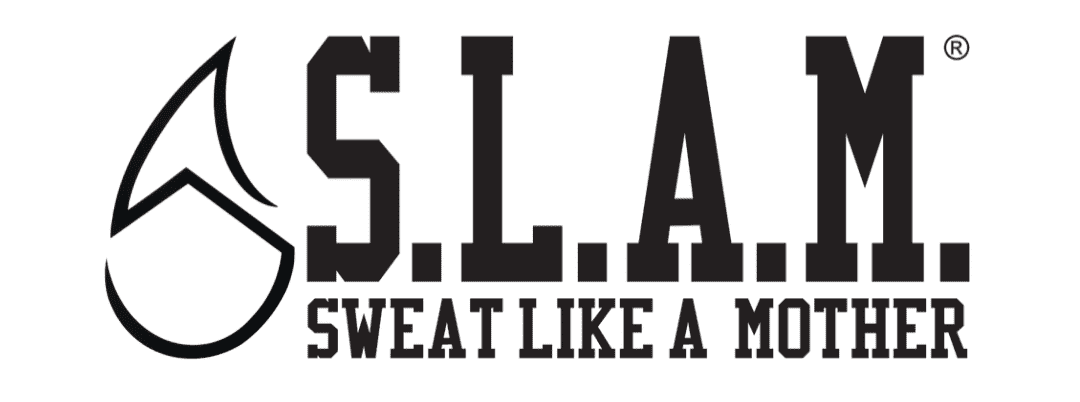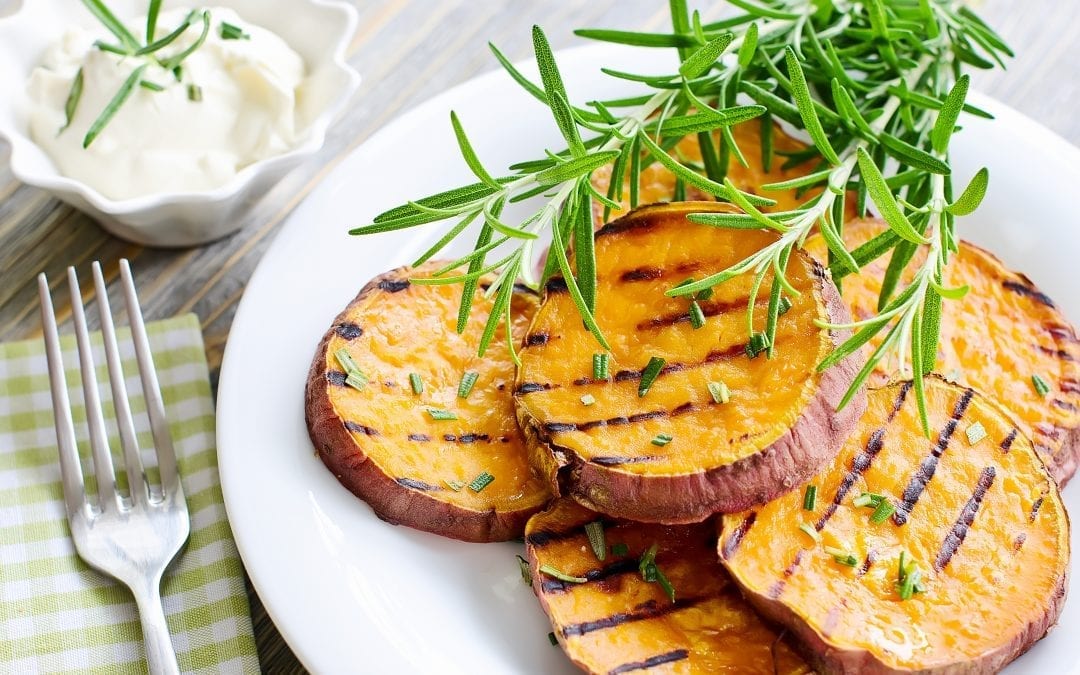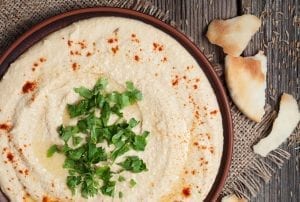“Eat your veggies!” It’s instruction we heard growing up and (possibly) vowed to refrain from uttering those words to our own kiddos. Some of us had plans to avoid using this phrase. We would eat lots of veggies during pregnancy, nursing, and offer veggies as the first solids. They’ll love to eat veggies if they’ve been careening through their blood stream for months. #Winning!
Except when they don’t eat their veggies. Our lovely littles become little people with opinions and a strong desire to thwart whatever sort of autonomy they possibly can wield. This can show up at the dinner table – where they can shut their mouths and not allow food in – especially food you’ve lovingly made that is healthy for them. #NotWinning
Maybe your kids love veggies and this is a battle you are not fighting. That is AWESOME! Keep reading though because there’s good info, I promise! My oldest two are adopted from China and I’m not sure what they were fed when they started solids – but I don’t think they had many veggies or food with texture. It’s amazing how they instinctively differentiate between roasted sweet potatoes and sweet potato pie. One is acceptable to try and one is not…how do they know?!? My solid-eating boys don’t enjoy a large variety of veggies. We are making some progress on this front, but it is painstakingly slow. I’ll admit though, I’ve pleaded with my oldest, using the argument that he HAS to eat his veggies because I’m a dietitian. It’s part of the gig. He’s not buying it.
Why the big push for veggies? And fruits, whole grains, nuts, seeds, and legumes? All of these plants are good for us, we’ve heard, but how? Let me point out a few benefits of eating plants and how you can start incorporating more of them into your diet.
- Plants are a good source of fiber. Fiber helps to give them structure and bulk. The two types of fiber, soluble and insoluble, help to give your gut a workout and bind to toxins and cholesterol to get it out of the body. Fiber is good stuff.
- Some plants have a high water content. Many fruits (that are not dehydrated) contain water along with many veggies. Since our bodies are about 60% water, it’s essential that we get enough water throughout the day. Eating foods high in water content help us to do that. Note I said “eating” foods, not drinking them. For more info on juice, click here.
- Plants are an excellent source of vitamins and minerals. Many plant foods contain multiple vitamins and minerals. Take almonds for example – they contain Vitamin E, B2, Magnesium, Manganese, and Phosphorus. One tiny little almond contains all that and fiber and healthy fats. Incredible!
- Plants are the only source of phytonutrients. These are non-nutrient components of plants, which influence human health and disease, and confer color, taste, aroma, and other characteristics. They are believed to be bioactive food components that have multiple functions. Phytonutrients act as antioxidants, probably the most common function. Research is ongoing in this area, but these awesome compounds have also been found to inhibit carcinogen activation and cancer promotion, activate enzymes that detoxify carcinogens, and reduce inflammation. These amazing phytonutrient attributes help us to stay healthy and may reduce the risk of life-altering diseases such as heart disease and cancer.
One of my redundant recommendations is to adopt a plant-based diet. It’s not a vegan or vegetarian diet. It is a way to think about how you plan meals. For example, if grilled salmon is on the menu for dinner, include a side of roasted parsnip, broccoli, and beets. Tag on a side salad with chopped tomatoes, bell peppers, and avocado and you’ve got yourself a plant-based meal. Easy peasy lemon-squeezy! Here are a few other tips to tip your daily nutrition intake towards the plant-based side:
- Start off your day with whole grains. Whether you enjoy a bowl of oats or granola and plain yogurt – aim for a plant-based breakfast.
- Hummus is a versatile condiment made of beans (plants) and tahini (more plants). Swap your chip dip for hummus. Use hummus as a spread on your sammies. Slather it on rice cakes or baked potatoes. Don’t be shy – it’s even good on scrambled eggs!

- Include fruit as part of your snacks – whether it’s dried in trail mix or fresh or frozen (frozen grapes are the bomb dot com). It’s a great way to increase your plant intake.
- Try a new veggie or grain or bean recipe. It may help you with your recipe rut! If you find something you like, it could be the hit dish at your next Mom’s Night Out. Ask your local grocer to help you find (and possibly pronounce) some foods in uncharted territory.
Orienting your menu-planning to include plants is a step toward a healthier lifestyle where you reap the benefits of plants. You don’t have to become a vegetarian or vegan or shop organic or buy fancy kitchen equipment to become plant-based. Seriously, a PB&J is a plant-based meal. As my mom said to me and I say to my kiddos – “Eat your Veggies…and fruits and whole grains and nuts and seeds and legumes!”



One of the meals I have found most difficult to incorporate veggies into is breakfast. I have recently switched from an oatmeal/cereal based breakfast, which really only avails itself to adding berries, to a more savory one with eggs. I can add veggies into an omelette or on the side have tomatoes, avocado, salsa, baked beans, greens, sauerkraut, etc. I made a huge batch of sauerkraut this fall and have been having some at almost every meal. It’s an easy way to add veggies to my meal without any work –especially helpful at breakfast time.